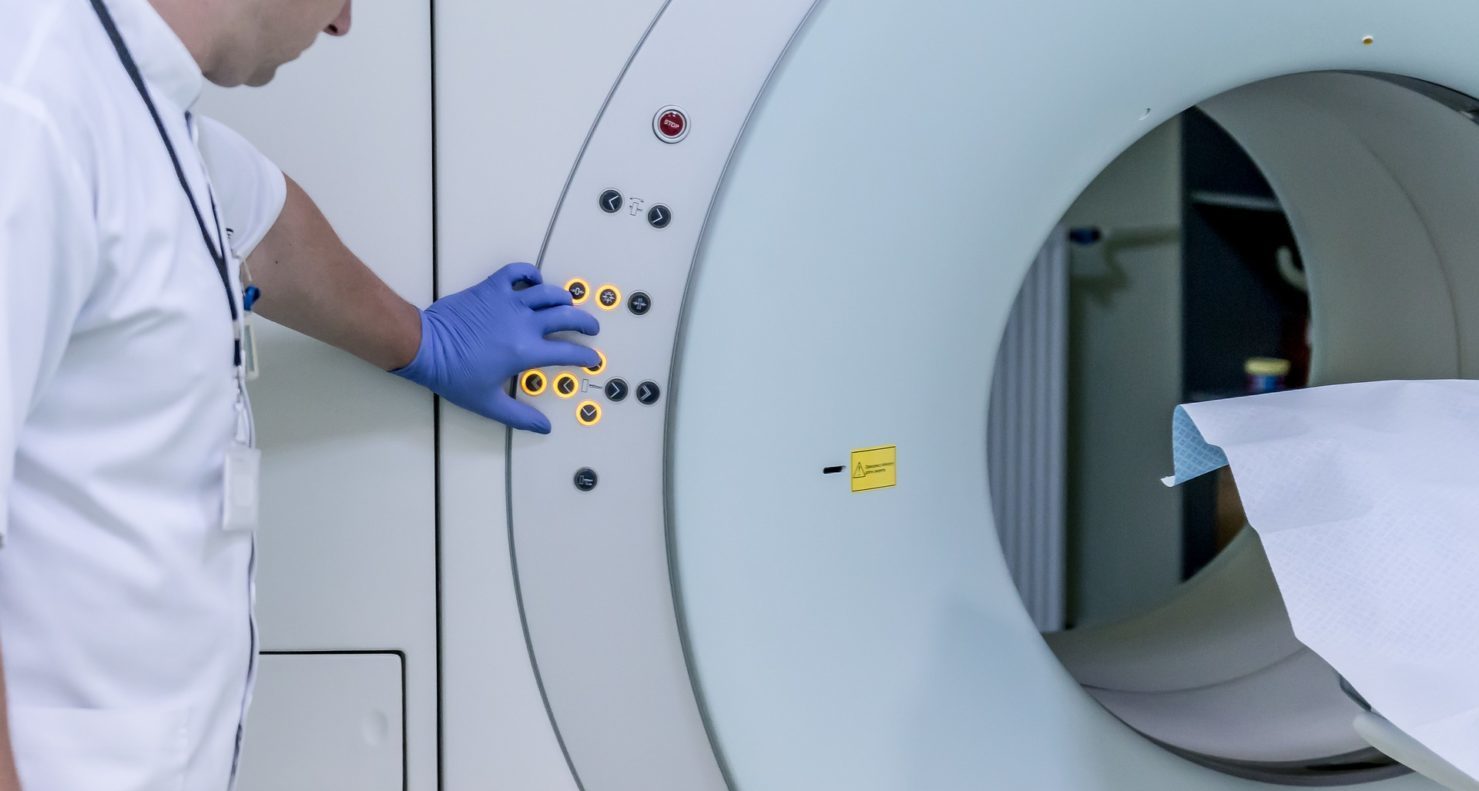A brief overview of the modern field of medical technology on the example of Austria.
Austrian medical technologies have been at the forefront of the global market for decades. Austria ranks among the ten countries with the highest health expenses in relation to gross domestic product (GDP). It has one of the best healthcare systems in the world. According to the 2018 OECD health care statistics, Austria spent about 10.4% of GDP on public health in 2016, and this tendency is still growing. The Austrian health care system is based on a combination of financial sources. These are income-related social security contributions, tax-funded government funds and private benefits. This is made this way to ensure that medical product innovation can quickly find its way to patients. To every patient of the 274 hospitals in the country (public and private). The demand for medical services in Austria is also growing steadily. This applies to surgeries, rehabilitation, preventive medicine and the wellness sector. Austria has first-class research facilities, well-trained doctors, modern equipment and advanced technology. They play a fundamental role in Austrian medicine. In an industry characterized by specialization and innovation, customers from all over the world take benefits from the know-how and research structures of their Austrian partners. This makes Austria not just a very attractive market for medical products, but also an important place for development and production. The innovative Austrian company MedTech, which is located in the heart of Europe, is the center for the entire continent and serves as a link between East and West. Austria has a significant number of created companies. In the last few years this sector has experienced tremendous growth. Today young innovative companies use the benefits of excellent academic institutions and the world's leading companies in this business area.
Austrian medical technology: numbers and facts.
More than 900 companies operating in the biotechnology, pharmaceutical and medical technology sectors, represent an important and rapidly growing part of Austrian economy. Sales volume of these companies consisted 22.4 billion euros in 2017.
The medical technology industry is becoming an increasingly important factor in the Austrian labor market. It has about 26,600 employees. In 2017, the total economical turnover of all industrial companies was 8.44 billion euros, which is 13% more than in 2014. So, € 2.69 billion is in research, development or production companies, and € 5.75 billion in suppliers, service providers and sales companies. These numbers show the strong economic strength of the medical technology industry in Austria.
Growth spurt: 554 companies generate € 8.44 billion.
For 2017 the market had 554 companies in the Austrian medical technology industry. This represents an increase of 14% compared to 2014. MedTech was at 171 place of 554 so-called research, development, or medical device manufacturing companies. They are categorized into specialized medical product companies. As statistics show the growth in this area in comparison with 2014 has + 30%.
Another important part of the health care business in Austria are suppliers, service providers and trading companies, which number had increased up to 383 in 2017 (+ 8% compared to 2014). In 2017, the total money turnover of all companies in this sector was 8.44 billion euros, which is 13% more than in 2014. 2.69 billion euros goes to research, development and production companies. 5.75 billion euros goes to suppliers and distribution companies. This clearly shows the economic importance of the Austrian medical device industry.
Medical imaging has evolved tremendously. It began with the advent of X-ray tomography in 1895. Today there are more and more opportunities for detailed acquaintance with the pathophysiological processes and affected organs. Austria is one of the leading countries in medical imaging research. The country is making a significant contribution to this.
Austrian medicine is at the forefront with its modern advances in ultrasound and magnetic resonance imaging (MRI). They relate to supported IT solutions for clinical workflow and diagnostic imaging. Besides, modern systems are used to acquire and process images in hospitals and healthcare facilities.
Austrian imaging startups have an edge over other countries. One of these companies uses artificial intelligence. This is done, for example, to automatically measure anatomical distances, angles and volumes. Artificial intelligence is also very important for detecting anomalies and damage. This is necessary for the automatic measurement of anatomical distances, angles and volumes. Artificial intelligence is also very important for detecting anomalies and damage.




